Encountering the "The instruction at 0x00007FF referenced memory at 0x0000000. The memory could not be written" error on Windows 11 can be frustrating, especially when it interrupts your work or gaming sessions. This error is often related to memory issues or corrupted system files. In this guide, we'll explore several methods to resolve this error and restore your system's stability.
1. Repair system files with SFC and DISM scan
Corrupted or missing system files can trigger memory errors. Windows provides built-in tools like System File Checker (SFC) and Deployment Image Servicing and Management (DISM) to scan and repair these files.
Step 1: Open the Start menu and type cmd or command prompt in the search bar.
Step 2: Right-click on 'Command Prompt' and select 'Run as administrator' to open it with administrative privileges.
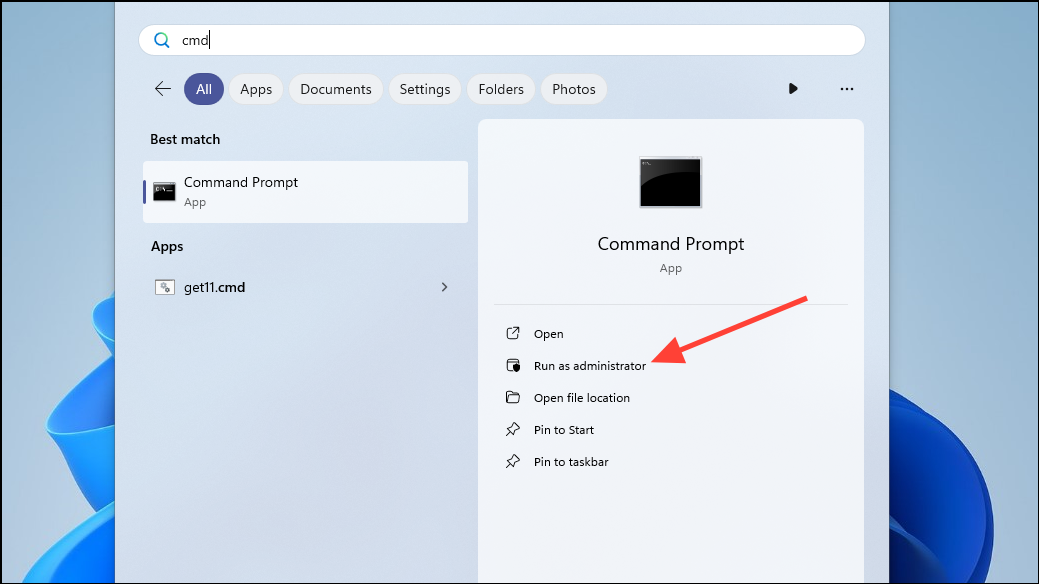
Step 3: In the command prompt window, type sfc /scannow and press Enter. This command will scan for and repair any corrupted system files.

Step 4: Once the SFC scan is complete, type DISM /Online /Cleanup-Image /RestoreHealth and press Enter to run the DISM tool, which will repair the system image.
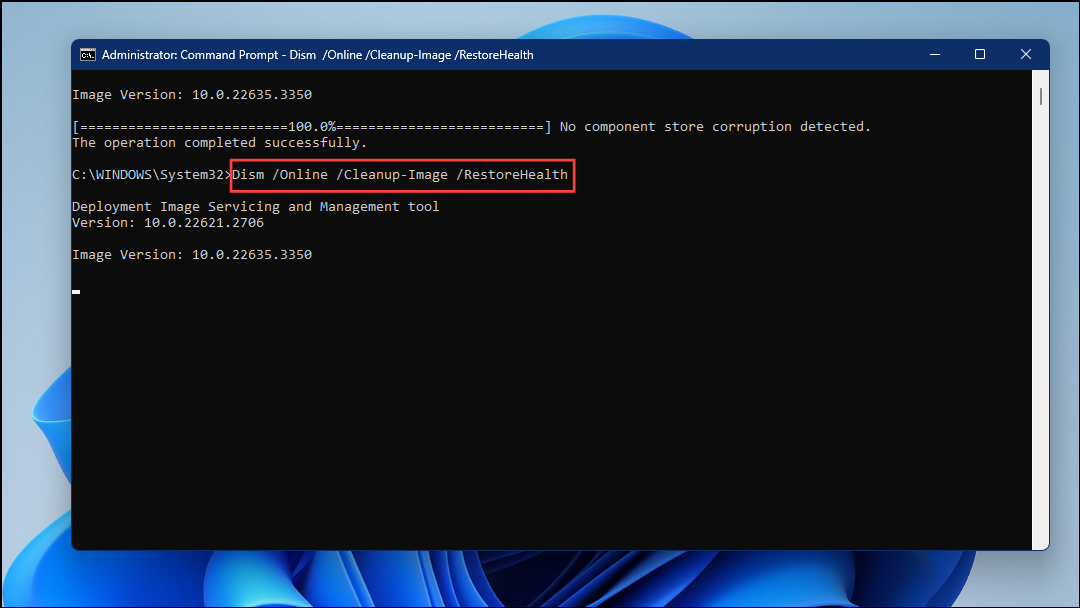
Step 5: After the DISM scan finishes, restart your computer to apply the repairs. Check if the error still persists. If it does, proceed to the next method.
2. Update Microsoft .NET Framework
Outdated versions of Microsoft .NET Framework can cause memory-related errors, especially when running applications that rely on it heavily. Updating to the latest version can resolve these issues.
Step 1: Visit the Microsoft .NET Framework download page.
Step 2: Click on 'Download .NET Framework Runtime' to get the latest installer.

Step 3: Once downloaded, double-click the installer to begin the installation process.
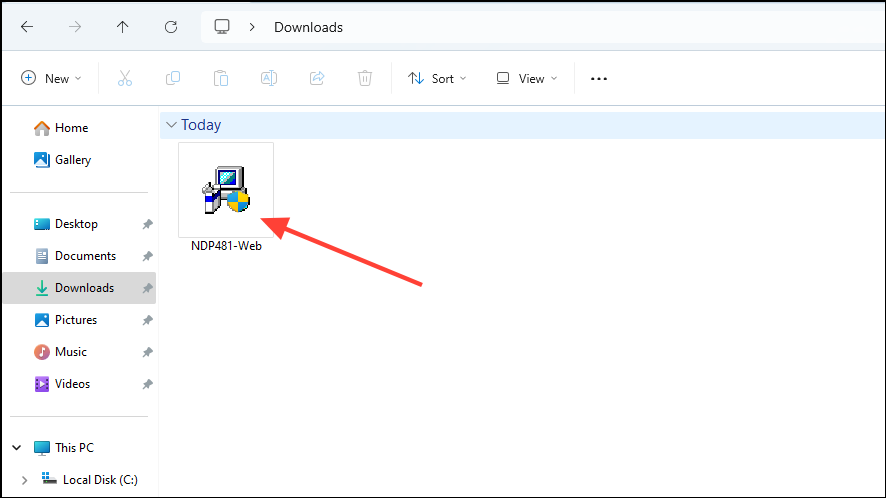
Step 4: Follow the on-screen instructions to complete the installation. After updating, restart your computer and check if the error is resolved.
3. Run a memory diagnostic check
Faulty RAM can lead to memory errors. Running the Windows Memory Diagnostic Tool can help identify if your memory modules are causing the problem.
Step 1: Open the Start menu and type Windows Memory Diagnostic. Click on it when it appears in the results.
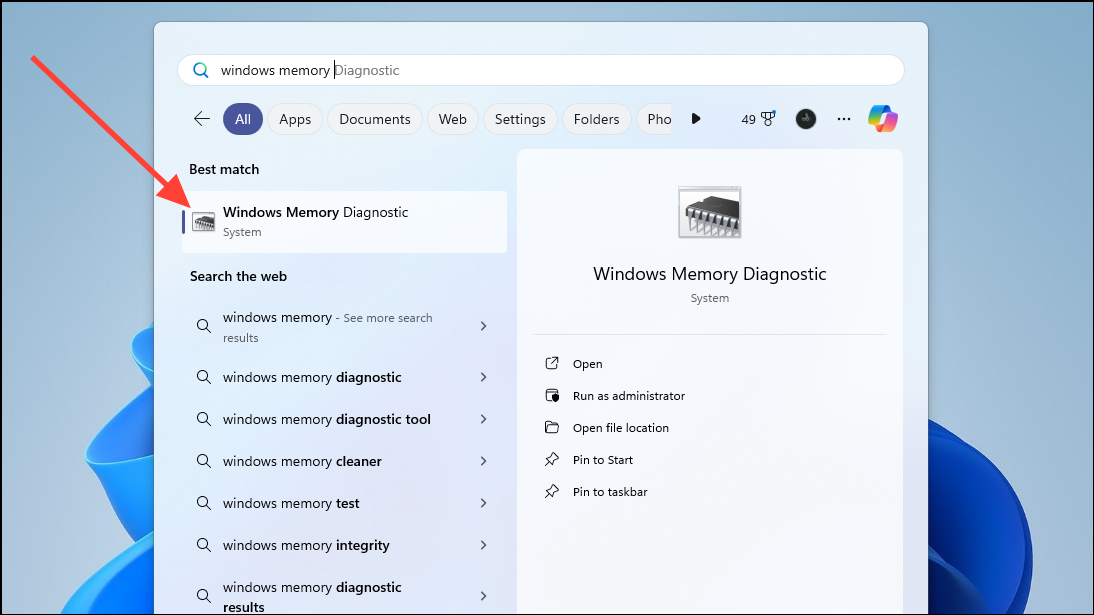
Step 2: In the diagnostic window, select 'Restart now and check for problems'.
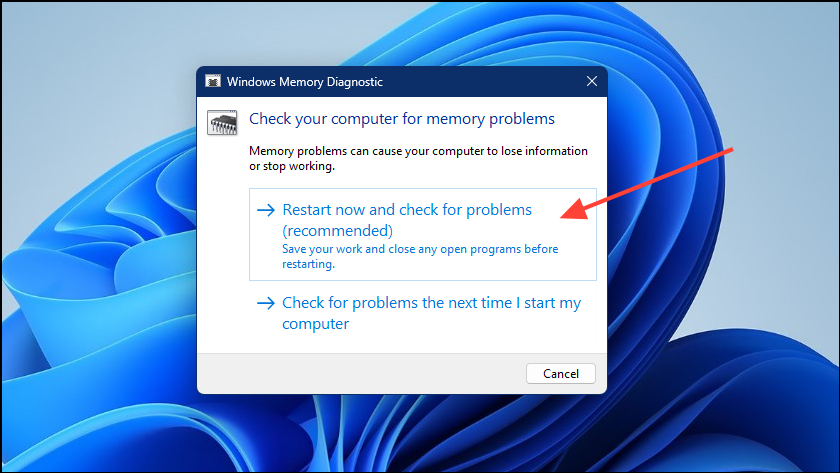
Step 3: Your computer will reboot and run the memory test. Allow it to complete the scan. If any issues are found, consider replacing your RAM.
4. Increase your virtual memory
Insufficient virtual memory can cause the error. Adjusting the size of your paging file can help alleviate memory issues.
Step 1: Open the Control Panel and select 'System', or open Settings and click on 'System' on the left side.
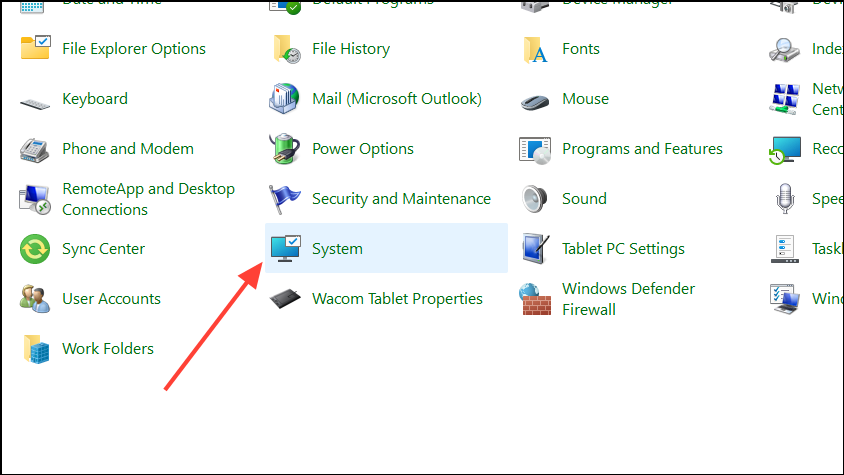
Step 2: Click on 'Advanced system settings' on the right side.
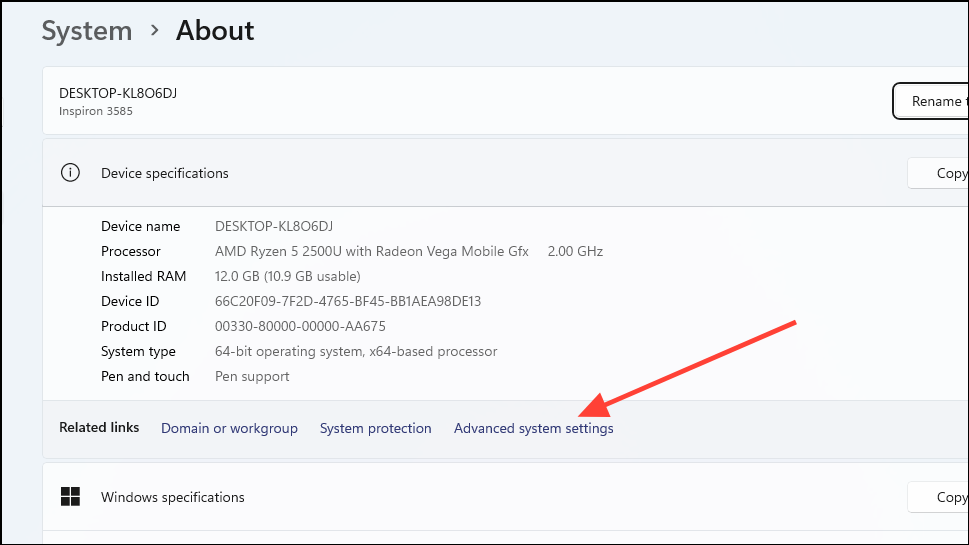
Step 3: In the System Properties window, under the 'Advanced' tab, click on the 'Settings' button in the Performance section.

Step 4: In the Performance Options window, go to the 'Advanced' tab and click on 'Change...' under Virtual memory.
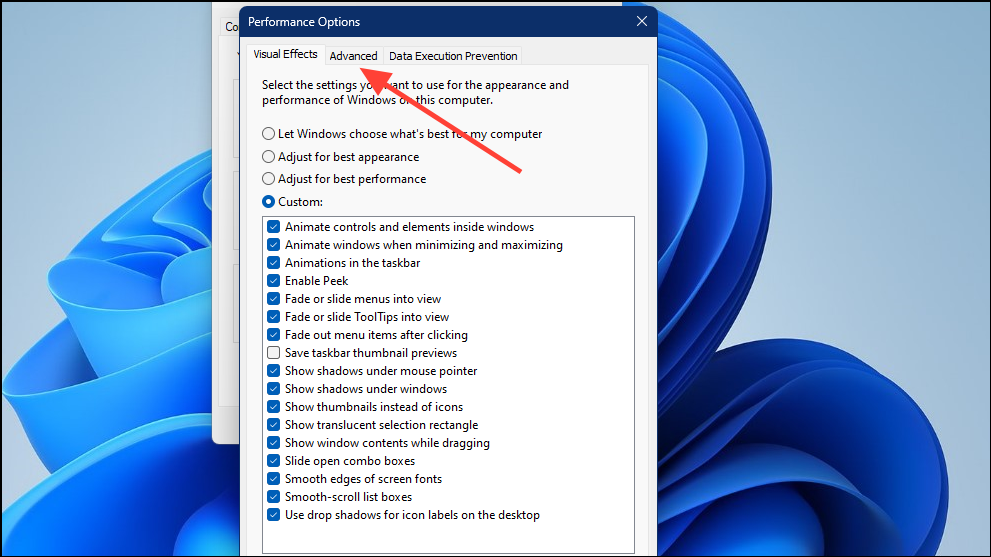
Step 5: Uncheck 'Automatically manage paging file size for all drives' to enable editing.

Step 6: Select your system drive (usually C:) and choose 'Custom size'. Set 'Initial size' and 'Maximum size' to 1.5 times your physical RAM (e.g., for 8GB RAM, set 12288 MB). Click 'Set', then 'OK'.

Step 7: Restart your computer to apply the changes. Check if the error persists.
5. Perform a clean boot
Third-party applications or services may interfere with system processes. Performing a clean boot can help identify if an external program is causing the error.
Step 1: Press Windows + R to open the Run dialog, type msconfig, and press Enter.
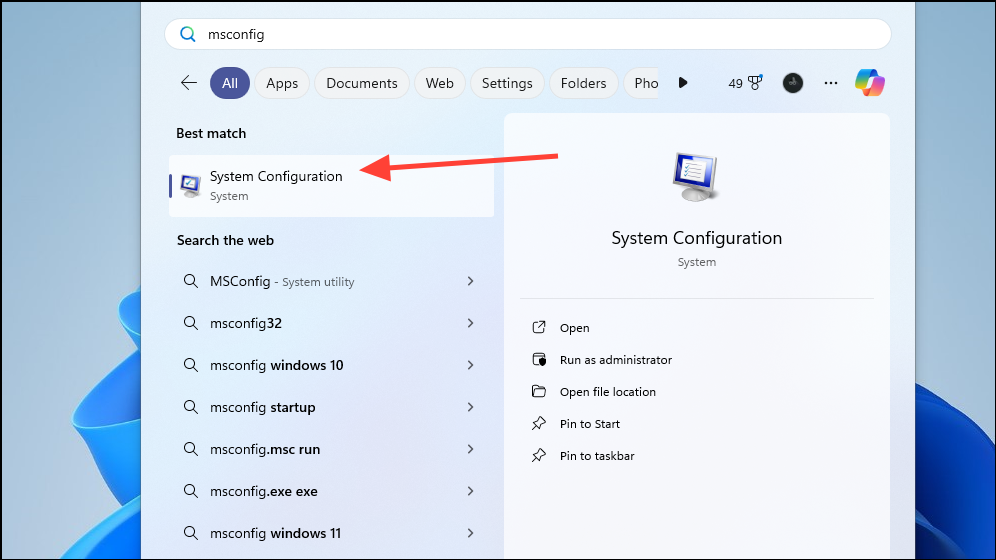
Step 2: In the System Configuration window, navigate to the 'Services' tab. Check 'Hide all Microsoft services' at the bottom.
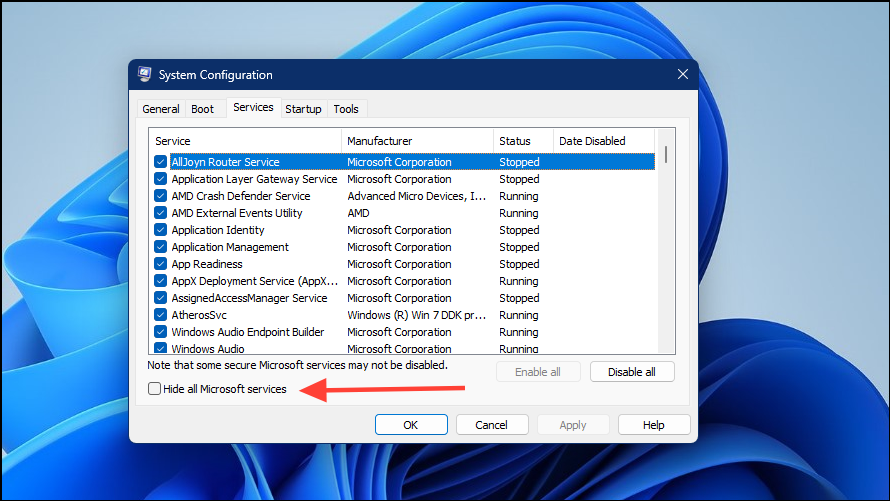
Step 3: Click 'Disable all' to stop all non-Microsoft services from running at startup.
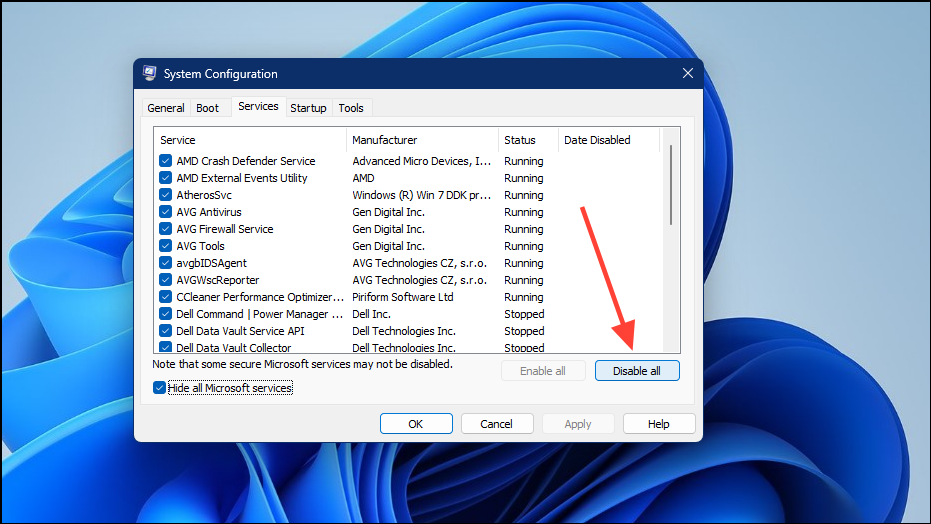
Step 4: Go to the 'Startup' tab and click 'Open Task Manager'.
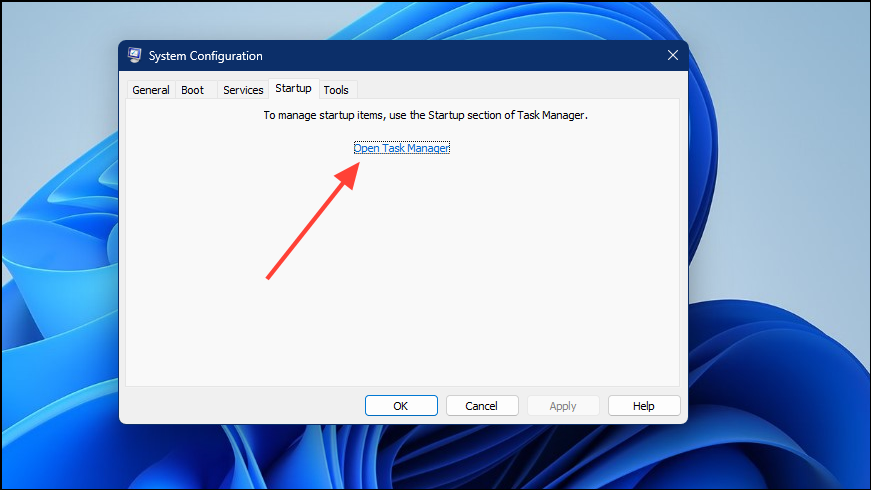
Step 5: In Task Manager, under the 'Startup' tab, disable all startup items by right-clicking each and selecting 'Disable'.
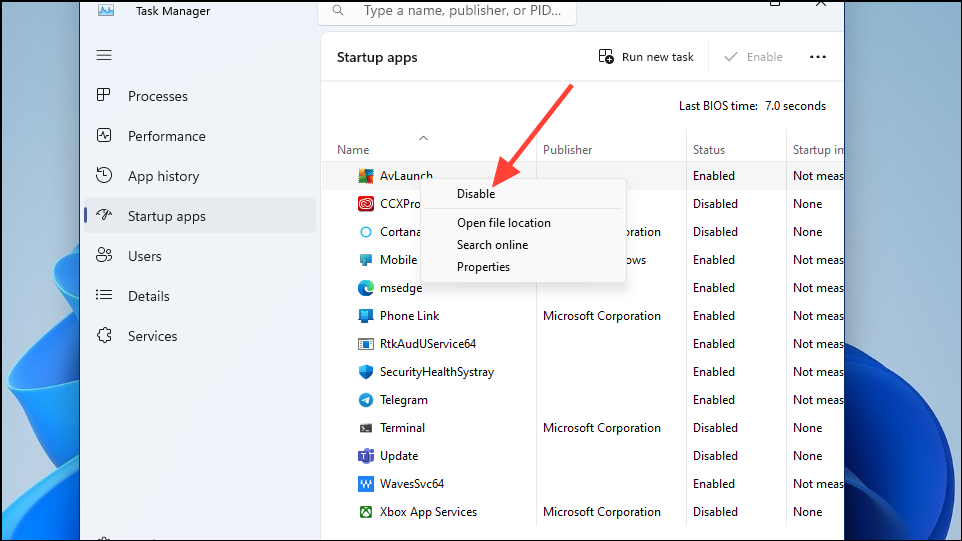
Step 6: Close Task Manager and click 'OK' in the System Configuration window.

Step 7: Restart your computer. If the error doesn't occur, gradually re-enable services and startup items to identify the problematic application.
6. Disable the automatically hide taskbar feature
Certain Windows features can inadvertently cause errors. Disabling the 'Automatically hide the taskbar' option might help resolve the memory error.
Step 1: Open Settings and select 'Personalization' from the left menu.

Step 2: Scroll down and click on 'Taskbar' to access taskbar settings.
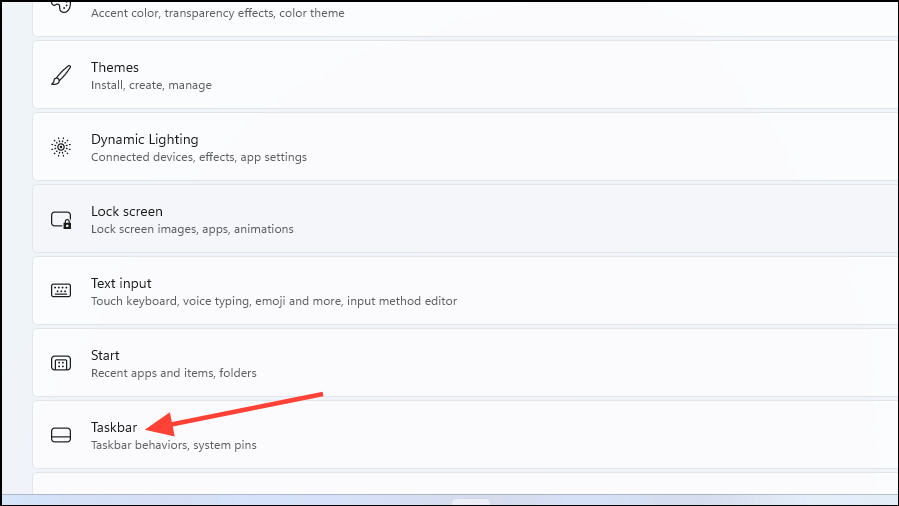
Step 3: Expand 'Taskbar behaviors'.
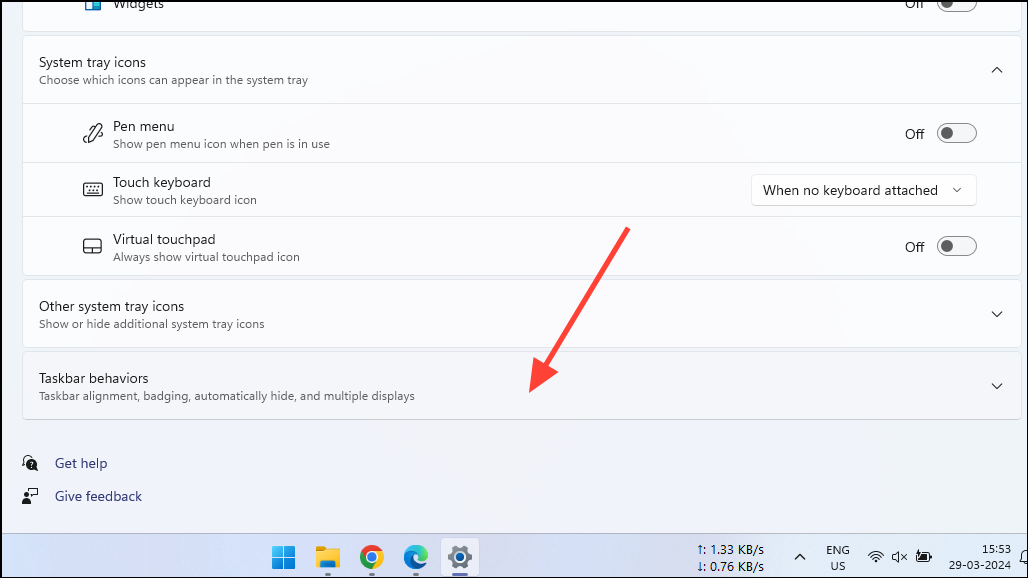
Step 4: Uncheck 'Automatically hide the taskbar' if it's enabled.
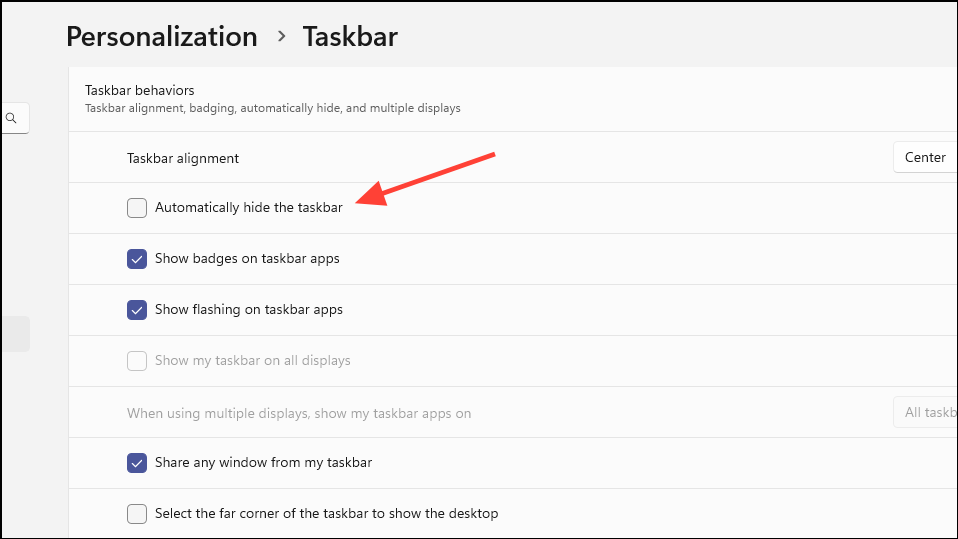
7. Perform a system restore
If the error began after recent changes, a system restore can revert your PC to a previous state. This requires a pre-existing restore point.
Step 1: Open the Control Panel and click on 'Recovery'.
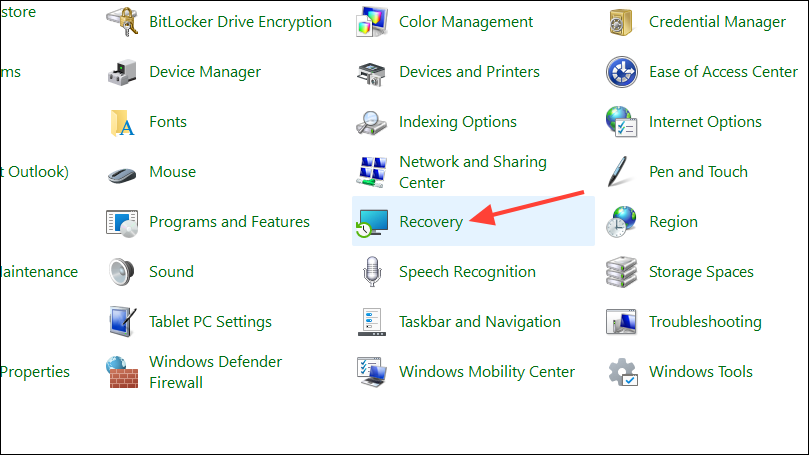
Step 2: Click 'Open System Restore'.

Step 3: Choose a restore point and click 'Next'. Select a point before the error started occurring.
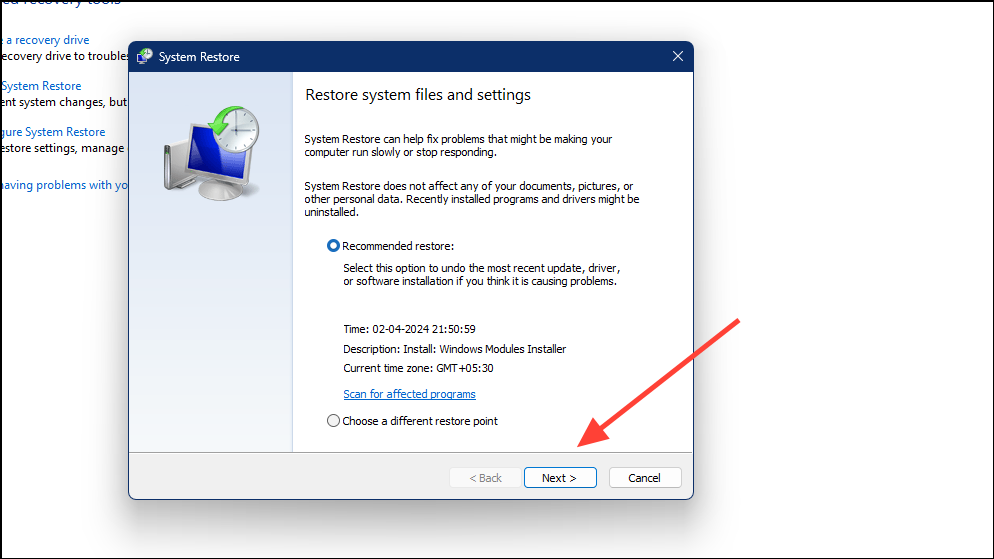
Step 4: Confirm your restore point and click 'Finish'. Your system will restart and restore to the selected point.
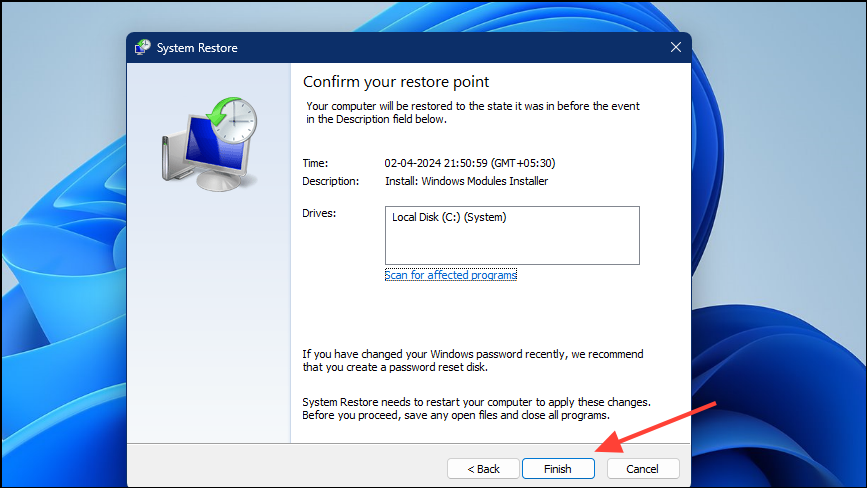
8. Reset your PC
If previous methods haven't resolved the issue, resetting your PC reinstalls Windows and removes installed applications and settings. You can choose to keep your personal files.
Step 1: Open Settings and select 'System'.
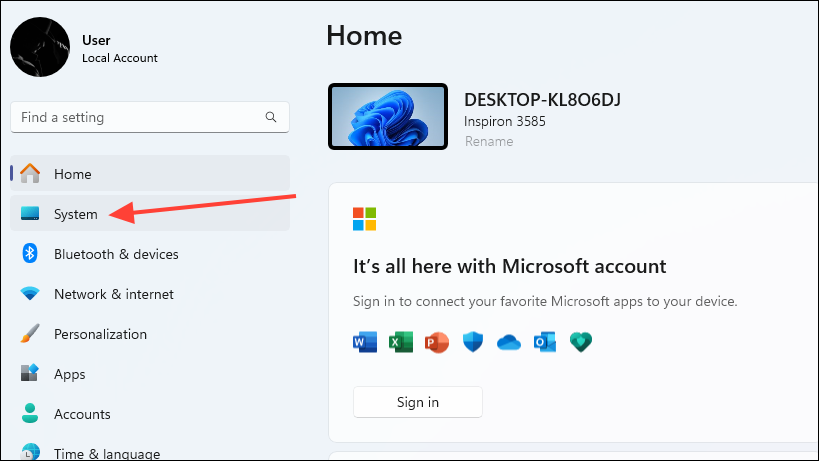
Step 2: Click on 'Recovery'.
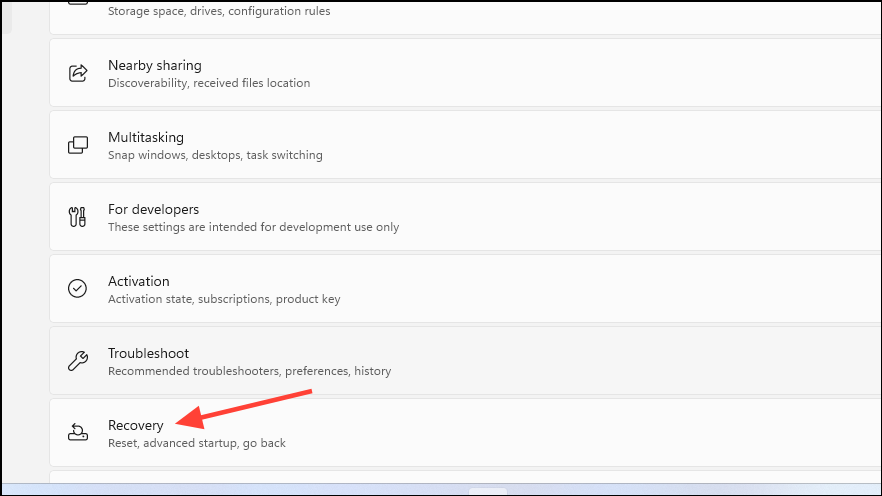
Step 3: Under 'Reset this PC', click 'Reset PC'.
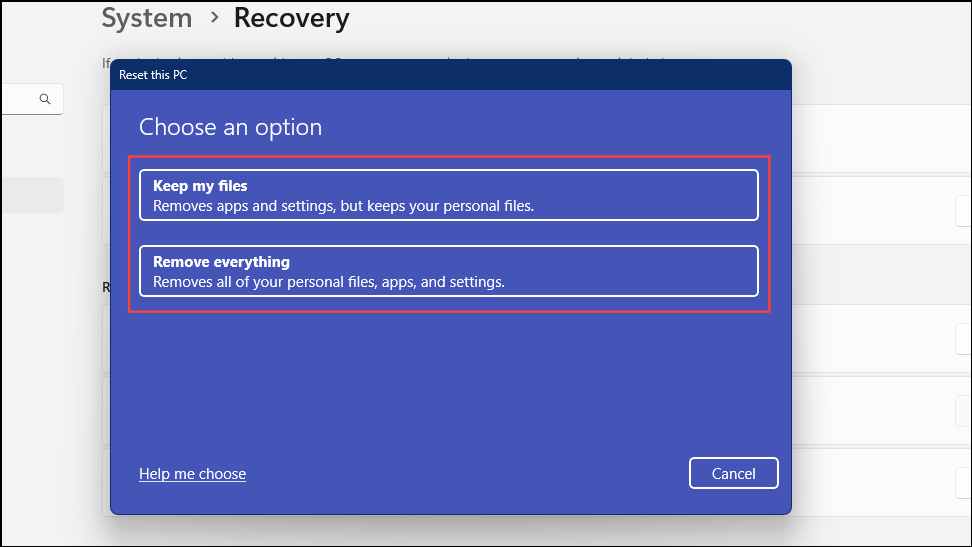
Step 4: Choose 'Keep my files' or 'Remove everything'. For a thorough reset, select 'Remove everything'.
Step 5: Select 'Local reinstall' to reinstall Windows from your device.
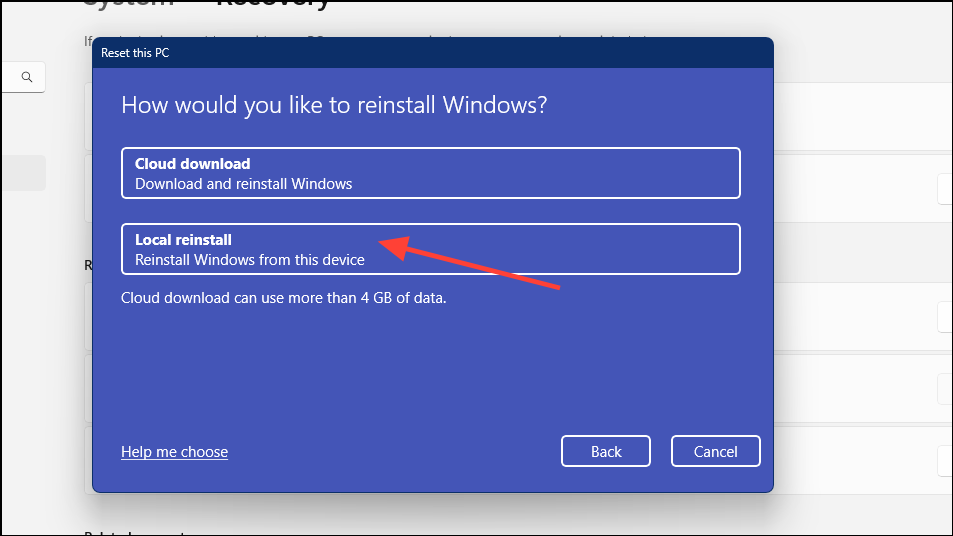
Step 6: Review your choices and click 'Next'.

Step 7: Click 'Reset' to begin. Your PC will restart and reset Windows 11.
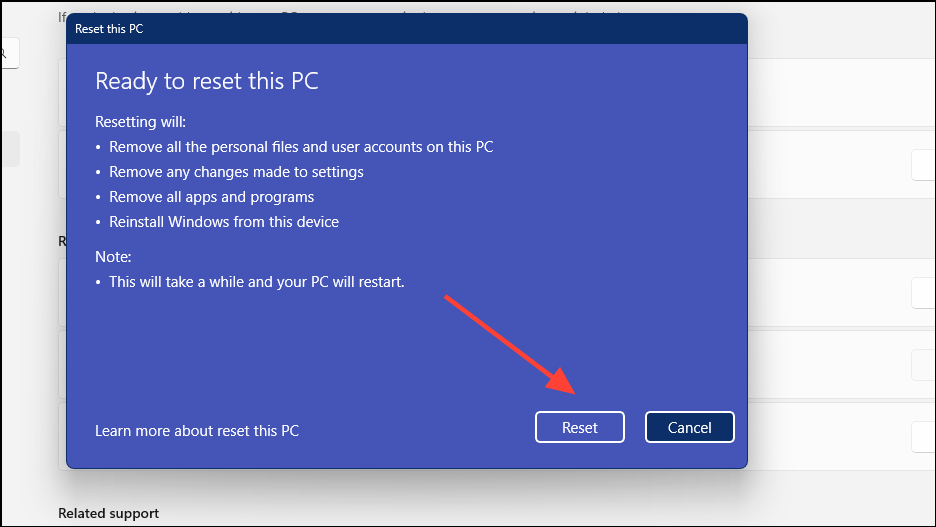
By following these methods, you should be able to resolve the memory error on your Windows 11 system. Regular system maintenance and updates can help prevent such issues from occurring in the future.


